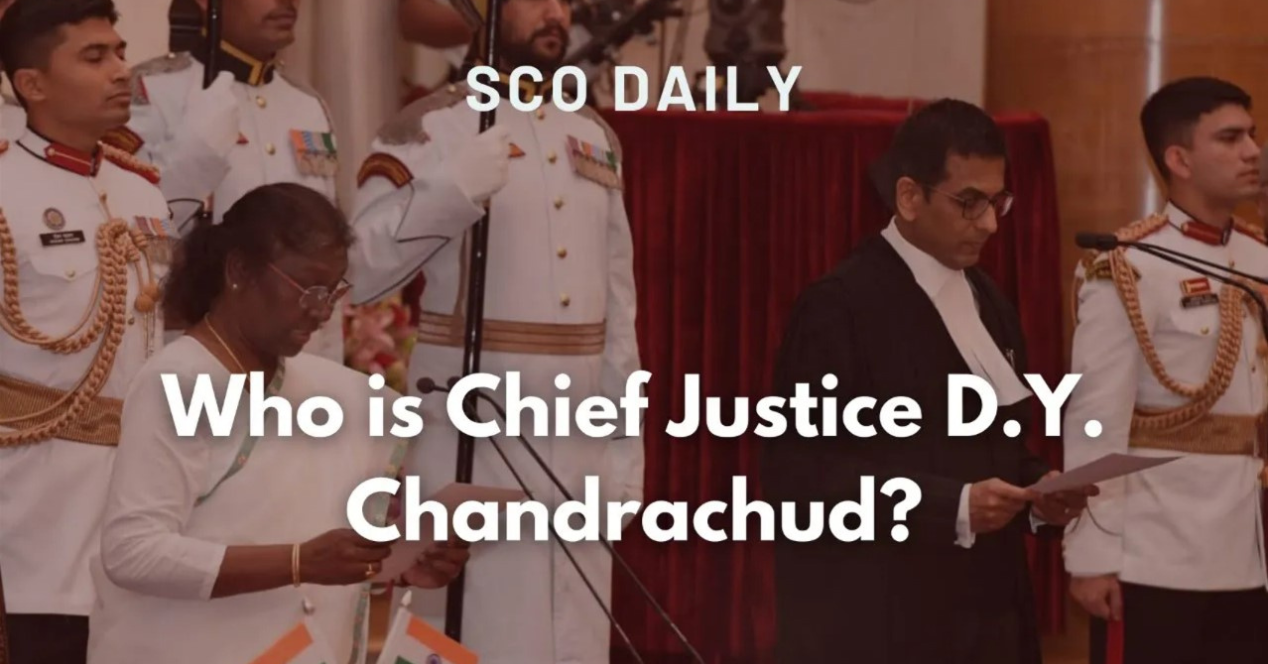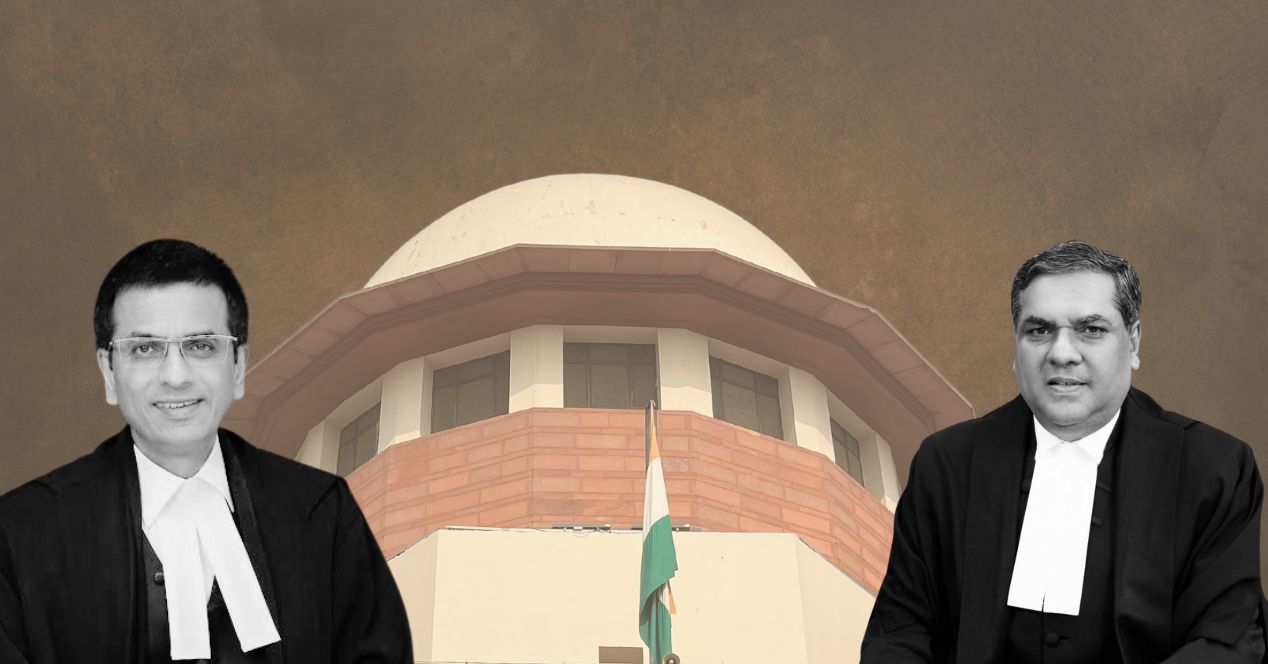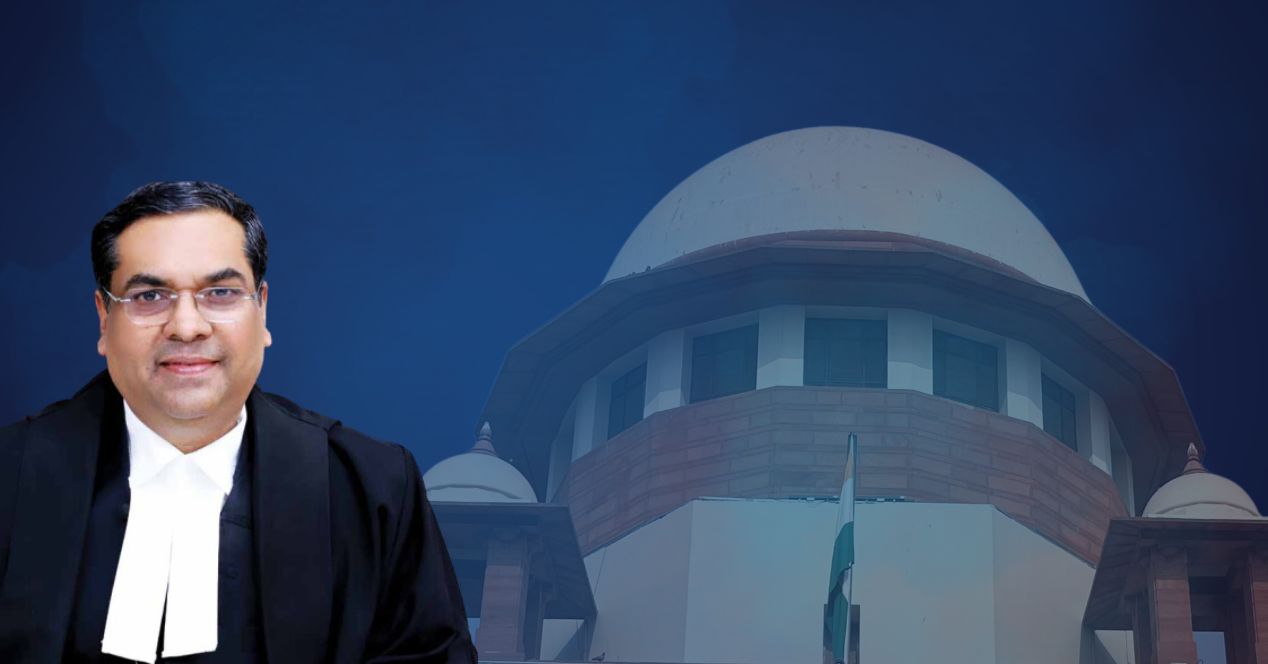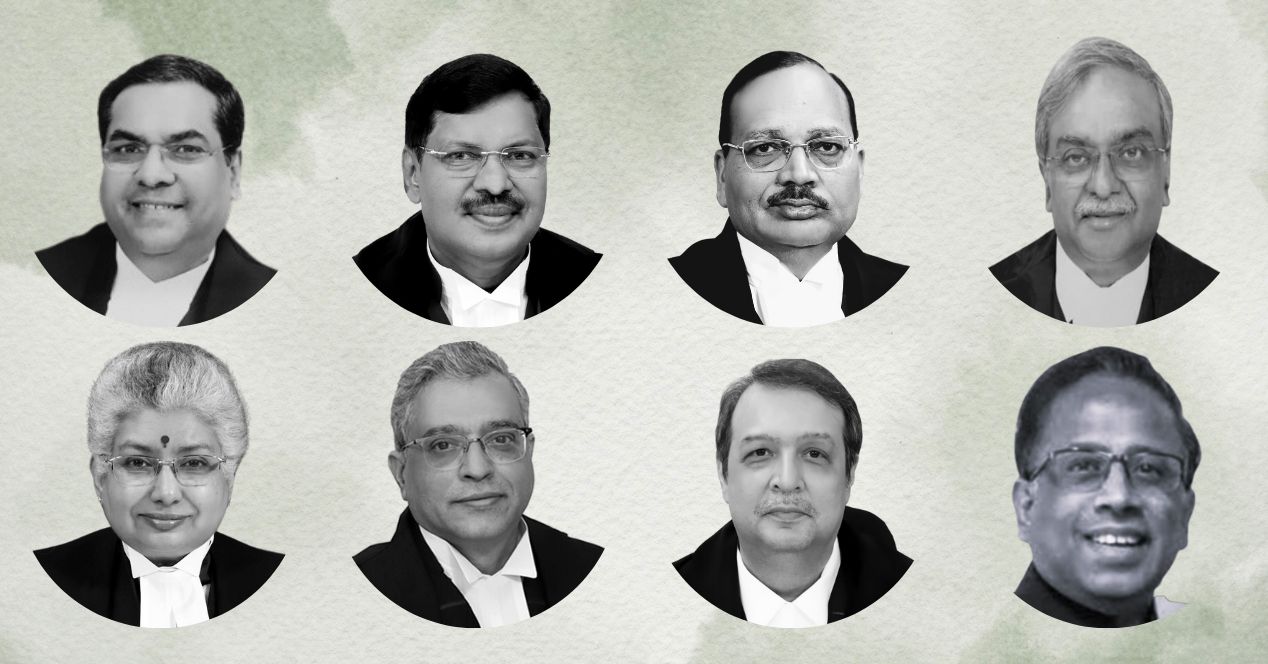Analysis
The end of the Chandrachud era
Analysing the tenure of the longest-serving Chief Justice since 2012 doesn’t lend itself to easy generalisations and pithy one-liners
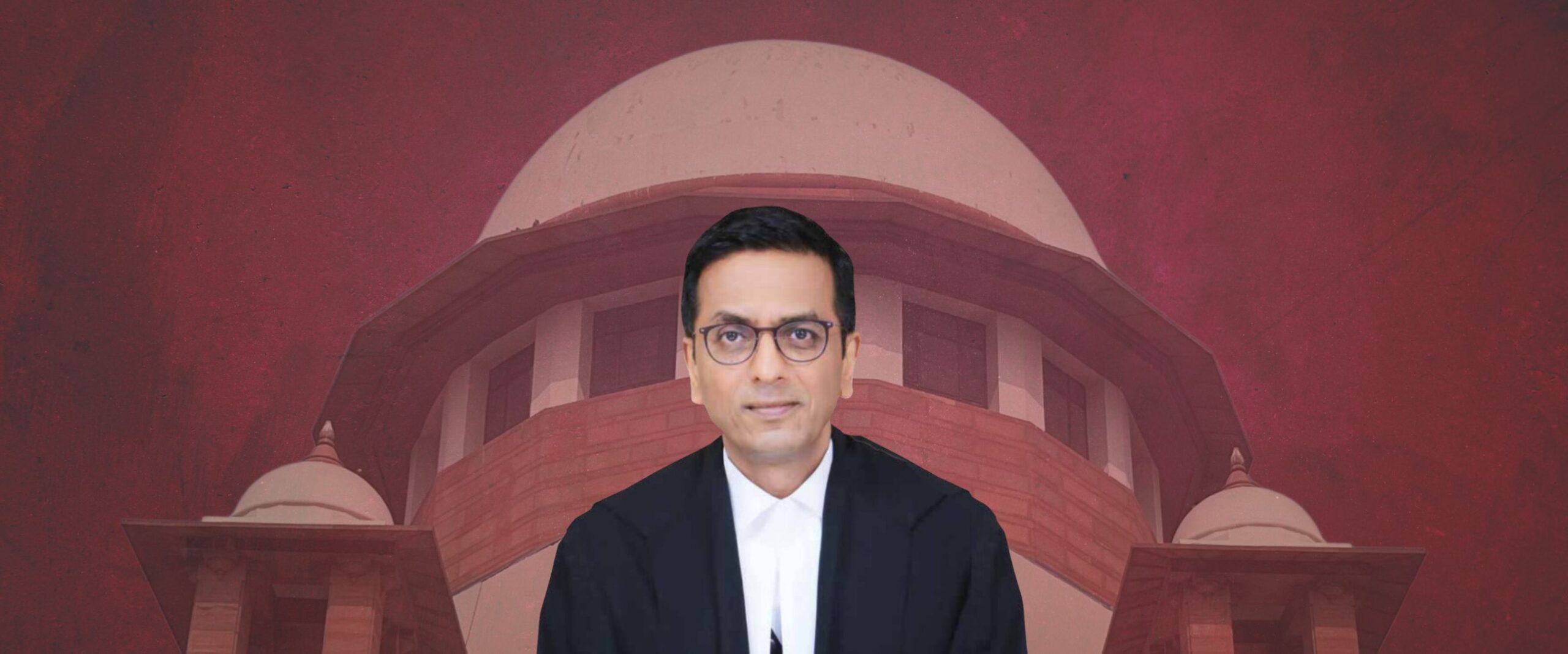
Monday marks the beginning of an end. It will be Chief Justice D.Y. Chandrachud‘s final working week before the curtain falls on his eight-year tenure at the Supreme Court.
As his farewell nears, the Chief has been reflecting on his tenure with a mix of nostalgia, fondness and trepidation. Last month, at a convocation ceremony in Bhutan, he said he was preoccupied with fears about the past and the future: “How will history judge my tenure? Could I have done things differently? What legacy will I leave for future generations of judges and legal professionals?”
In CJI Chandrachud’s case, many chapters of his legacy write themselves. For one, he is one half of the only father-son duo to have been Chief Justice of India. Chandrachud Sr. was on the bench in oft-cited cases like Kesavananda Bharati, Minerva Mills and ADM Jabalpur. Chandrachud Jr., on his part, has been on benches that recognised the fundamental right to privacy and decriminalised homosexuality. He has also led the benches which rejected the right to marry for sexual minorities, struck down the Electoral Bonds Scheme and validated sub-classification within the SC/ST categories. It may be a few years before the legacy of these decisions is crystallised, but it’s safe to say that if a history of India is written from the lens of landmark judgements, the two CJI Chandrachuds will be a recurring feature.
CJI Chandrachud’s two-year tenure has been marked by the needle moving on several agenda items. Last year, the Court delivered 18 Constitution Bench decisions; this year, it would have delivered 12 more before his retirement. The Collegium led by him is responsible for elevating 17 (51 percent) out of the sitting 33 judges. Under him, the Court has seen several technological upgrades—improvement of e-filing, paperless submissions, WhatsApp updates for pending cases, live tracking of pendency numbers, livestreams from all courtrooms.
But there were also several aspects where promise didn’t meet performance. For instance, he has been making all the right noises about addressing gender discrimination. But none of the judges elevated to the Supreme Court by his Collegium are women—currently, there are only two women judges at the top court. Crucial cases concerning women’s rights, such as the challenge to the criminalisation of triple talaq and the restitution of conjugal rights, were listed frequently during his tenure but not taken up for hearing. The marital rape exception case was heard for a day only for the Court to conclude there wasn’t enough time to hear the whole matter before the retirement. A fresh bench will need to be constituted by the next Chief Justice.
There are also some contradictions in his body of judgements. At a recent event in Mumbai, he spoke about the post-Bommai “centrifugal federalism” that informed the Court’s decisions to uphold states’ power tax mines and minerals and regulate industrial alcohol. But it is worth remembering that his bench upheld the abrogation of Article 370, which dismantled the state of Jammu & Kashmir. Justice Chandrachud’s opinion relied on Bommai, a case where the Court affirmed federalism to be a basic feature of the Constitution while calling out the misuse of President’s Rule provisions by the Centre.
On the administrative side of things, the Bar has had some bones to pick with the listing process. Then, an analytical study by SCO has shown that there has been no discernible pattern in Constitution Bench allocations in Justice Chandrachud’s tenure, adding to allegations of institutional intrigue.
The last few pages of this legacy are yet to be written. In his final week, five Constitution Benches headed by him are expected to deliver verdicts that could have implications for the administration of Aligarh Muslim University; the housing market in Mumbai; blue-collar gig workers; arbitration agreements between public and private entities; and the selection process for government jobs.
The fact is that Dhananjaya Yeshwant Chandrachud’s long tenure as a Supreme Court judge cannot be contained in snap assessments and pithy one-liners. It is an elaborate, tangled legacy, best suited to analysis that is willing to navigate the greys that exist between the black and white of the legal profession.
This article was first featured in SCO’s Weekly newsletter. Sign up now!

